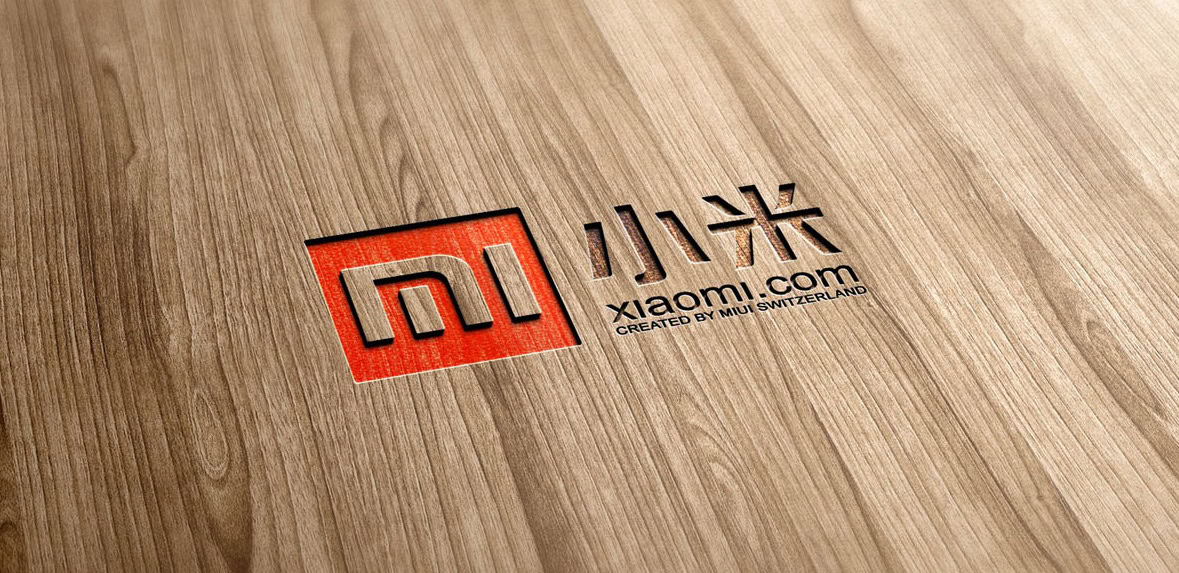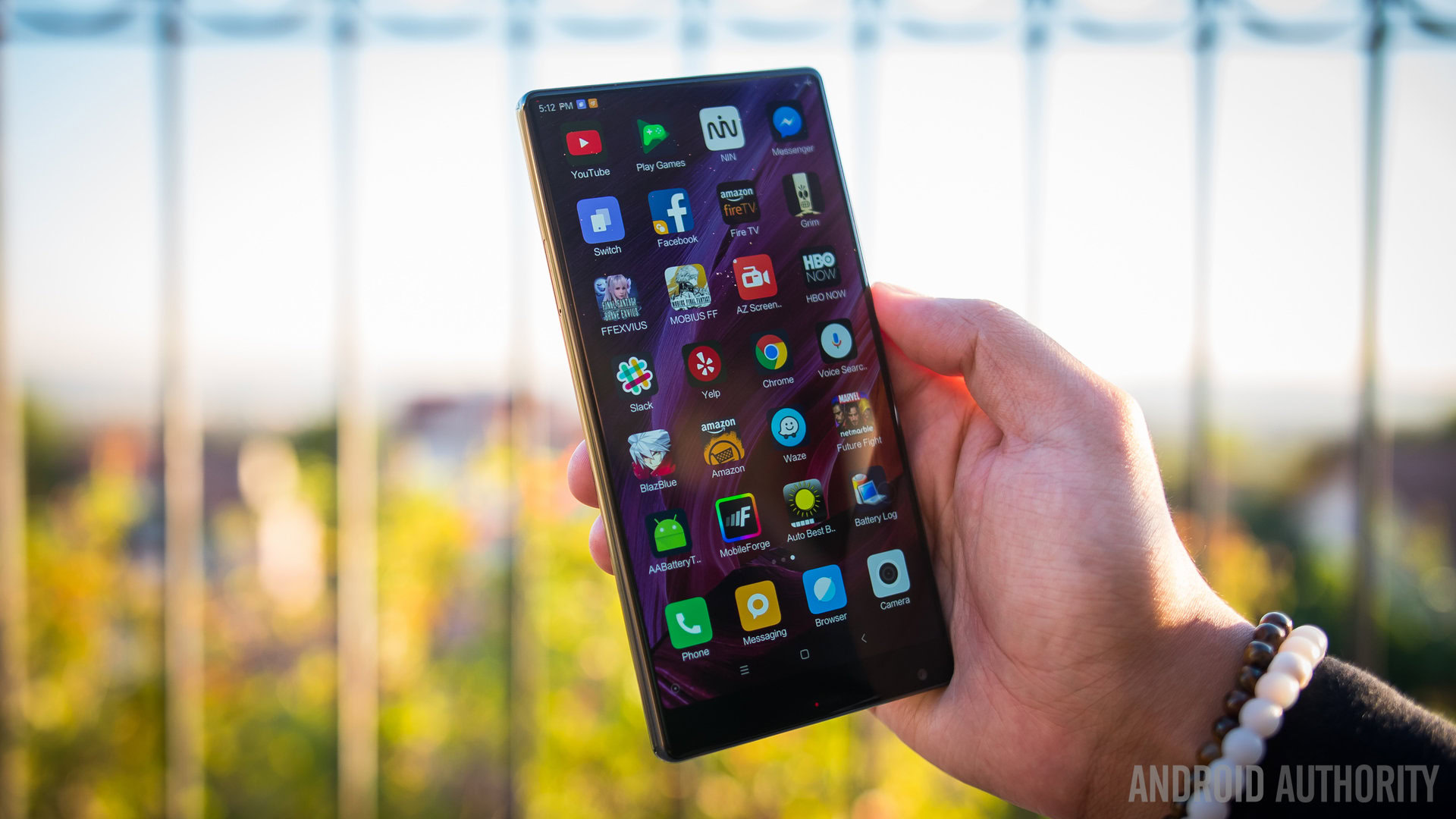Affiliate links on Android Authority may earn us a commission. Learn more.
Xiaomi may be expanding into more global markets; here's why that's important

China-based Xiaomi may have become one of the biggest smartphone makers in the entire world, but so far its devices are only officially sold in a few markets. That may be changing soon, according to new rumors about the company expanding its global presence.
According to the Czech site SvětAndroida. the company is preparing to launch global versions of its Redmi 4A, Redmi 4 and Redmi Note 4 phones before the end of 2016. Another report, this time from Android Headlines, claims that Xiaomi could begin selling its phones in Greece later in December. Obviously both of these stories have not been confirmed by Xiaomi, so take them with a grain of salt.
The company sells the majority of its phones in China, India and a few other Asian countries and territories, but it has expanded slowly into other markets like Brazil and South Africa. This is likely only the beginning.
For starters, Xiaomi has confirmed it will be making its first appearance at the big Consumer Electronics Show in Las Vegas in January, for the launch of a new, but unnamed product, that will be available globally. It is also very possible this ‘global’ launch could include the US. Xiaomi has made extremely slow strides in the coveted US market so far, but certainly has expressed interest in the states. Last year it began its push into the US with its Mi accessory store, and earlier this year the company began selling its Android TV-based set-top box, the Mi Box, via Walmart for just $69.
Even more recently, the company has confirmed it is in the middle of testing some of its phones on US carriers, which could lead to an official smartphone launch in late 2017.
Why now is the right time to push into the US

All of these developments come as Xiaomi’s status as the number one smartphone company in China has been toppled by rivals vivo and OPPO in recent months. With increased competition in China, it makes a ton of sense for the company to look beyond its current borders and markets as it tries to get back on top. In fact, the lower sales in China may help to encourage Xiaomi to move much faster in offering its devices to more countries, including the US.
Xiaomi may also want to move quickly because it makes phones that are both affordable but also have high-end hardware and features. In the last year or so the US market has seen a number of players get into the affordable-yet-premium game. Xiaomi has shown that it knows how to excel in this area, and if it can actually win carrier support, this could give the company a leg up when compared to other rival ‘affordable flagship’ brands like HONOR, HUAWEI, ZTE, and OnePlus.
Samsung’s still recent recall of the Galaxy Note 7 could also make it vulnerable for another company to swoop in and take some of its US market share away, something that its main US rivals have yet to do.
But it won’t be easy

Of course, the road to a bigger global presence will also be filled with obstacles as well. Xiaomi is based in China, and there are a lot of fears (many of them unjustified) that the country’s government is using phones to spy on others. That could cause lawmakers to make moves to keep Xiaomi’s products out of the country. There’s also the fact that US wireless carriers sometimes have some odd network protocols that are not followed by the rest of the world. That may be why why Xiaomi is testing its phones in the country now, months ahead of a possible launch in the United States.
Finally, there’s the simple fact that Xiaomi does not have the brand marketing that other, more established, companies have in the US and around the world. Even Sony, one of the world’s biggest and most well know electronics companies, has not had a lot of success selling its Xperia smartphones. Xiaomi will have to make a huge push to educate he US consumer about why its smartphones should be considered alongside its many, many competitors.
Recently, Xiaomi’s Global VP Hugo Barra was quoted as saying, “We could sell 10 billion smartphones and we wouldn’t make a single dime in profits.” We are not sure if that’s really true, or if he was just making a statement to blow off the company’s lower sales of its phones. More likely, the truth is somewhere in between. Xiaomi may not make a lot of money from smartphones, but at the moment, those products are the flagship devices of its company, and it needs to boost both sales and markets to make itself a bigger overall force in the industry.
Would you like to see Xiaomi phones sold in more countries, including the United States? Do you think the company can find success globally? Let us know your thoughts in the comments!